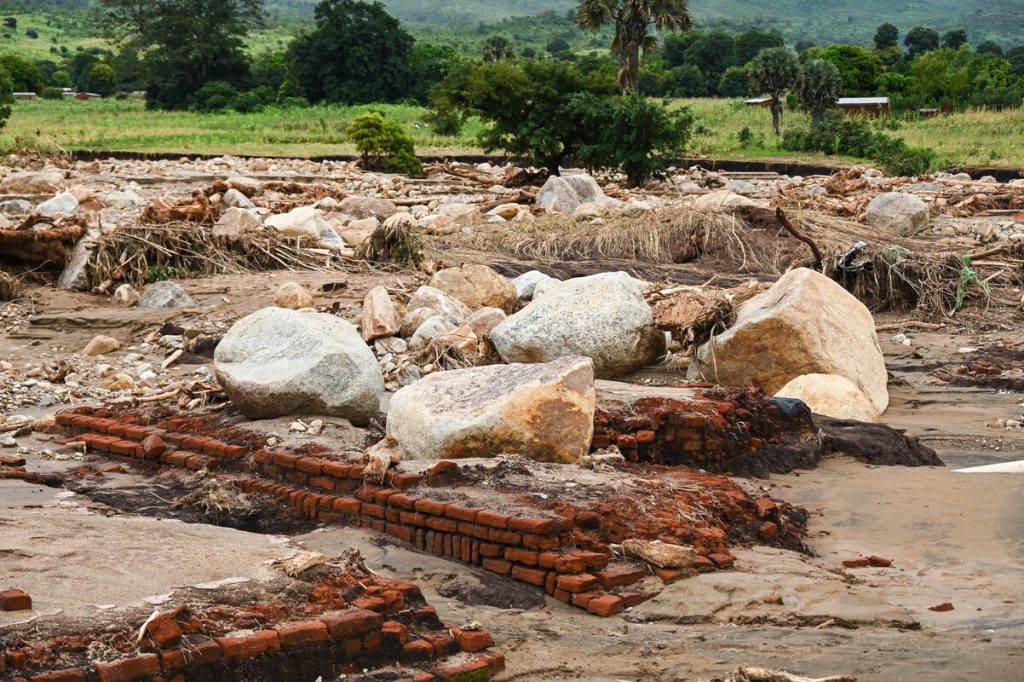This week, country delegates are meeting in Santo Domingo, Dominican Republic for the Loss and Damage Transitional Committee’s third meeting (TC3). This committee is mandated with developing recommendations about how the new Loss & Damage Fund (created at last year’s UN climate talks in a major victory for developing countries and civil society) will be set up, over the course of four meetings this year.
The first two meetings, and two associated workshops, of the TC were largely cordial, with TC members and some outside stakeholders offering case studies and other information about the landscape of existing funding relevant to climate-induced loss & damage. However it was clear by the end of TC2 that major divisions existed, particularly between developed and developing countries, with regard to their visions for the role that the Loss and Damage Fund should play.
In many ways, the major issue is the scope and scale of the L&D Fund. Developed countries would prefer that the fund be fairly limited in scope and targeted towards “particularly vulnerable” countries, though the definition of vulnerability is an especially fraught debate. On the other hand, developing countries, along with civil society, want a large-scale fund with the ability to provide countries with billions of dollars in immediate budget support after a climate disaster (as opposed to the country having to take debt-creating emergency loans), in addition to providing more forward-looking support for addressing slow-onset events like sea level rise, and medium-term post-disaster rehabilitation and reconstruction efforts.
Another point of contention is whether the fund will be a new, fully independent entity or whether it will be housed within an existing institution. This seemingly esoteric debate nevertheless has huge political implications. If, for example, the L&D Fund is housed within the World Bank, as some seem to be suggesting, it would be subject to World Bank policies that run afoul of key principles around equitable democratic governance, eligibility of all developing countries to receive grant financing, etc. Establishing the fund as a new entity would allow it to be truly innovative and fit-for-purpose, though, of course, a great deal of political and administrative challenges would need to be addressed.
Finally, there is the question of where the money will come from and who should pay. The U.S., which has for years failed utterly to pay its fair share of climate finance for mitigation (reducing emissions) and adaptation (supporting countries and communities to prepare for climate impacts), does not even acknowledge any legal obligation to pay for Loss and Damage, since L&D is not mentioned in the finance-related text of the UN climate convention (UNFCCC). In their view, L&D finance is not covered by core UNFCCC equity principles that dictate that historically industrialized countries should provide climate finance to developing countries. On the other hand, developing countries maintain that the rich countries – who remain the major historical contributors to the climate crisis – must pay for loss & damage, even if there is no link to legal liability. While the TC cannot resolve this longstanding debate, how it sets up the L&D Fund will have direct implications for how contributions are received and from what sources.
At TC3 the committee must now address these divisions head-on. With only two meetings left to come to a consensus outcome, the hard work of negotiating begins now. Civil society organizations, including ActionAid, have set forward a clear recommendation for how the L&D Fund should be structured. A few of our key points include:
- The L&D Fund should be a new, independent entity governed by an equitably balanced board with a majority of seats held by recipient developing countries, and with strong modalities for participation from civil society.
- The L&D Fund should exclusively use grants and non-debt-creating financial instruments. It is absolutely unjust to force already indebted countries to take on additional debt burdens in response to climate-induced disasters they had little role in causing.
- The L&D Fund should provide grant funding through four windows:
- A rapid-response window through which countries can access immediate funding via direct budget support after an acute climate-induced disaster (storms, floods, etc).
- A slow-onset window through which countries can submit proposals for addressing events like sea level rise, ocean acidification, and so on.
- A recovery and rehabilitation window through which countries can access medium- or long-term funding to support post-disaster rebuilding efforts – often a major gap in humanitarian support.
- A community direct access window through which non-governmental entities (indigenous, local, and community-based organizations, NGOs, etc) can submit relevant proposals for direct support from the L&D Fund.
Unfortunately, TC members have pushed for this week’s meeting to be largely closed to observers. The UN even stated openly that “…components of the meeting that are open to… observers will be kept to a minimum in order to maximize time for Transitional Committee deliberations at the meeting,” as if having basic transparency somehow takes away from time for negotiations.
The first two days of the four-day meeting are thus entirely closed, with no webcast and no ability for observers to watch, much less participate, in the discussions. This situation is concerning, as it contradicts the valuable experience we have that transparency, inclusion, and participation are essential for ensuring sound decision-making. We are still here and pushing for the ability to participate and hold governments to account. We need TC3 to make significant progress to keep the hope of a robust and effective L&D Fund alive.

